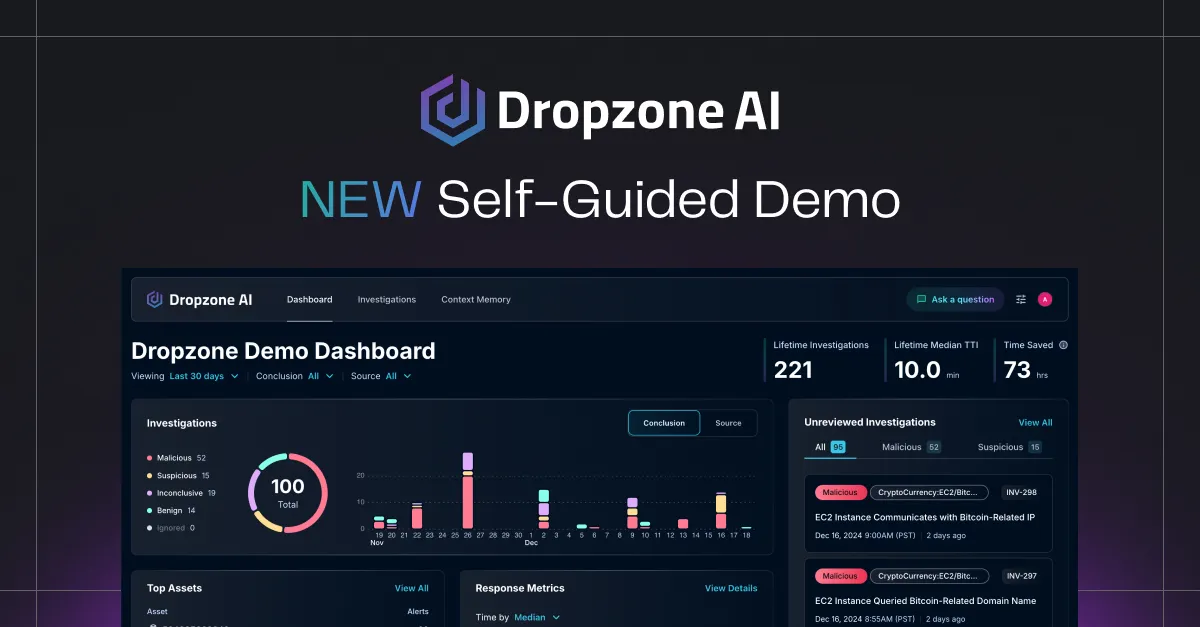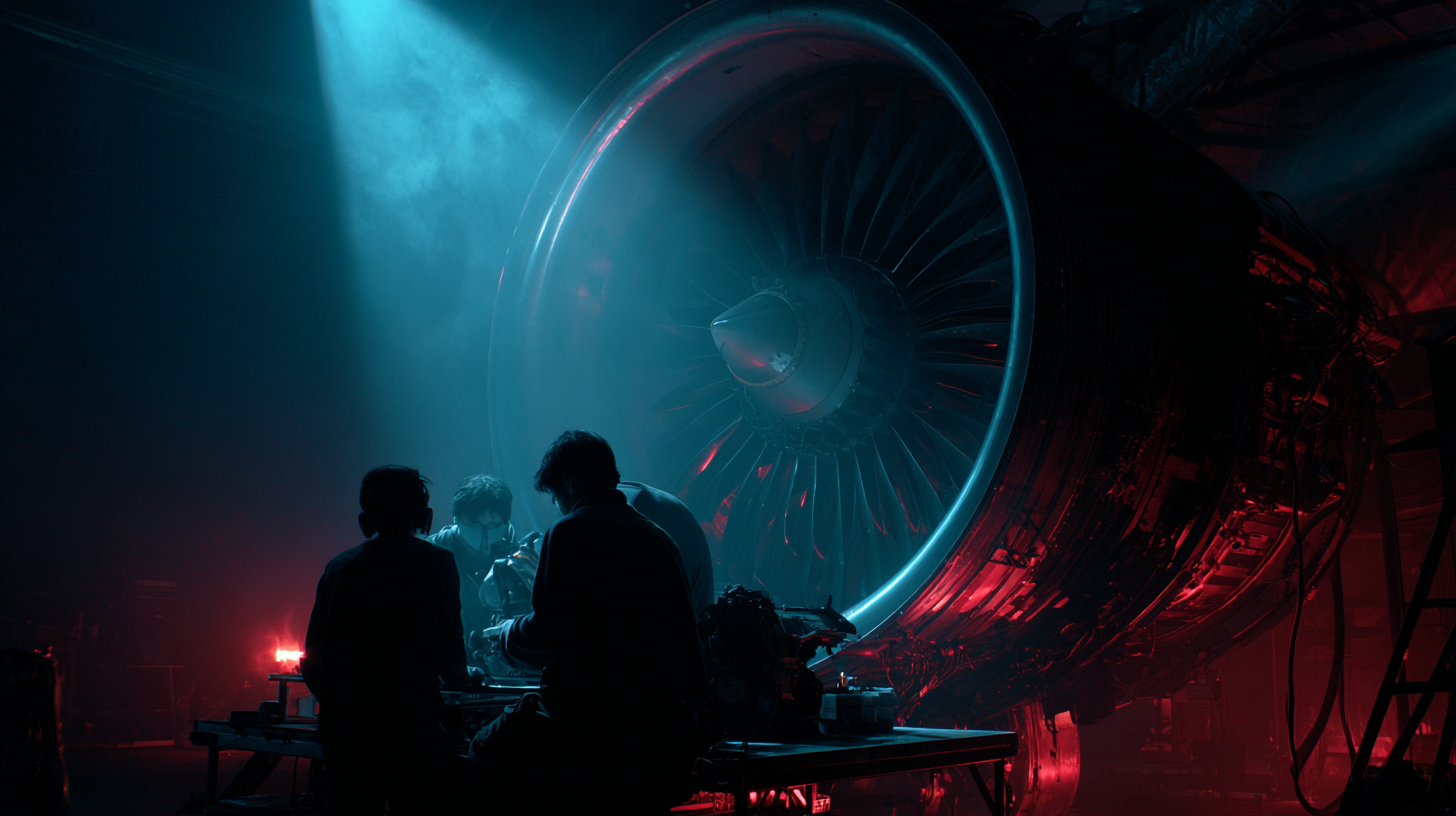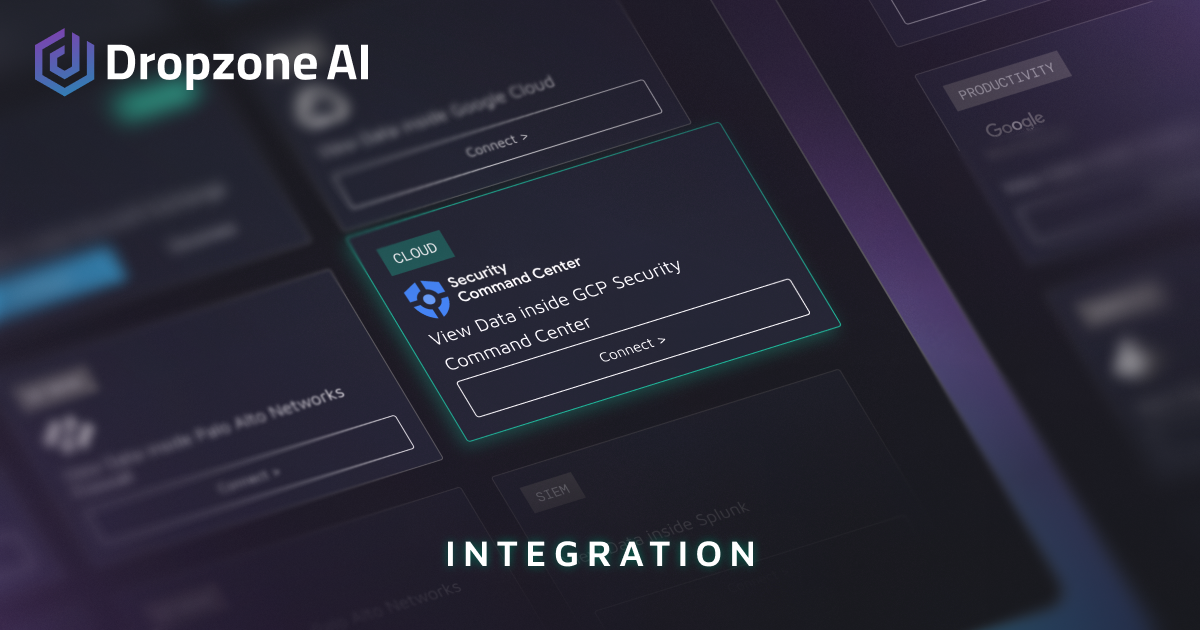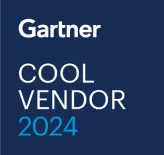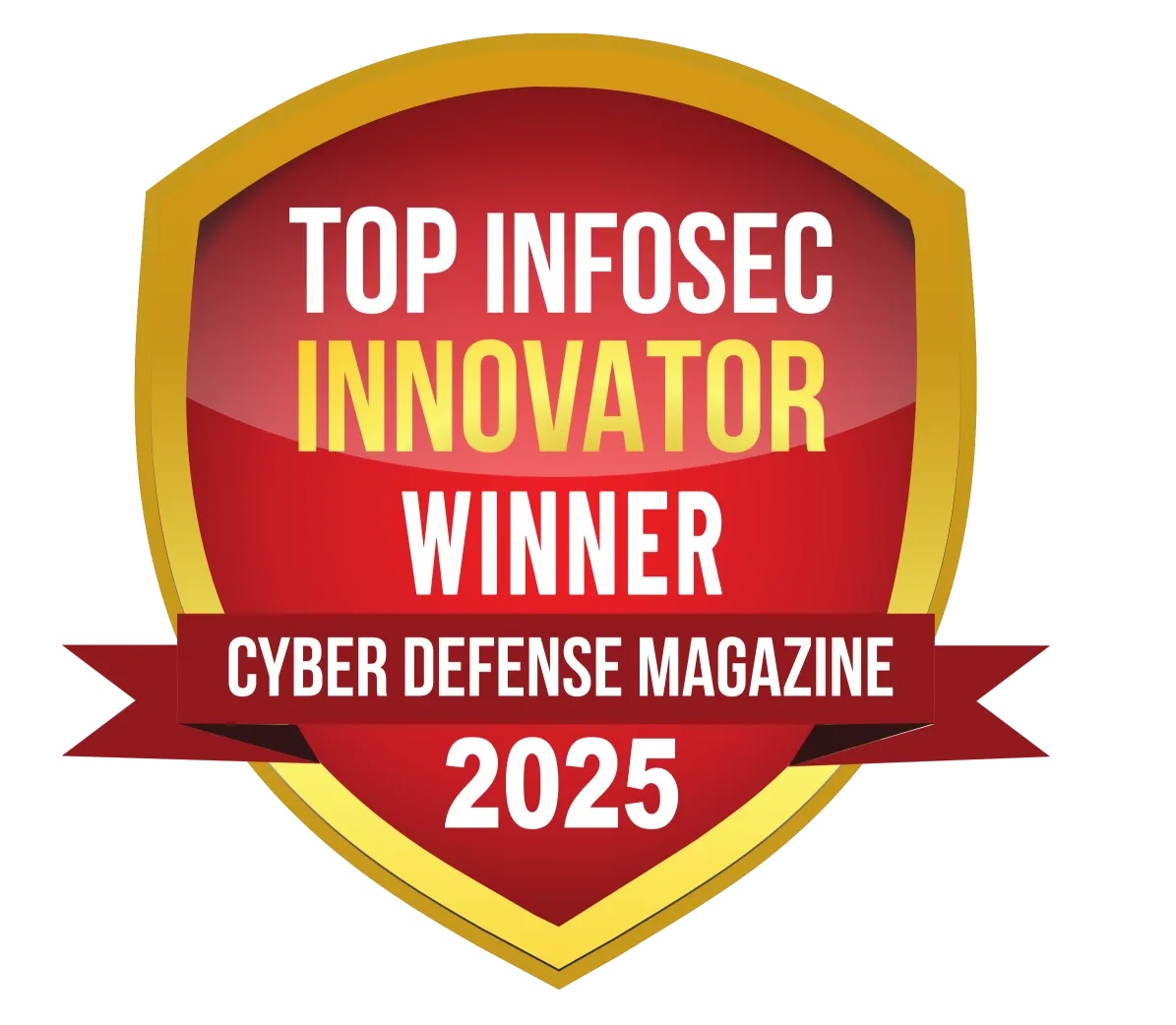How AI Is Transforming SOC Operations
Generative AI and Large Language Models (LLMs) have revolutionized cybersecurity, bringing tools like security chatbots and autonomous AI agents to the forefront. While both enhance efficiency, their capabilities differ significantly. This blog demystifies the differences between security chatbots and Dropzone AI agents, helping you choose the right solution for your SOC.
What Are Security Chatbots?
Security chatbots are virtual assistants powered by AI and LLMs, designed to help SOC teams through natural language interactions. They:
- Enhance accessibility by processing large data sets at compute speed.
- Assist with tasks like threat hunting, risk summaries, and script analysis.
Limitations of Chatbots:
1. Dependence on Human Input: Analysts must continuously prompt chatbots to progress investigations.
2. Lack of Integration: Chatbots often operate in silos, requiring manual coordination across multiple systems.
What Are Dropzone AI Agents?
Dropzone AI agents represent a leap forward in automation. They autonomously:
- Investigate alerts end-to-end without human intervention.
- Aggregate data from SIEM, EDR, and threat intelligence platforms.
- Deliver comprehensive reports with detailed findings and decisions.
Key Features of Dropzone AI Agents:
- Vendor-Agnostic Compatibility: Works seamlessly across tools and data formats.
- Significant Time Savings: Reduces investigation times by up to 90%, improving MTTR.
Key Differences Between Chatbots and AI Agents
Choosing the Right Solution for Your SOC
When to Choose AI Chatbots:
Ideal for organizations with large teams (e.g., 100+ analysts) that primarily use tools like Microsoft SentinelOne or CrowdStrike.
When to Choose Dropzone AI Agents:
Perfect for under-resourced teams managing high alert volumes with limited coverage. These AI SOC agents augment your team’s capabilities and deliver operational intelligence.

Key Takeaways
- AI agents reduce investigation time by up to 90%, far surpassing chatbots’ incremental gains.
- Vendor-agnostic systems like Dropzone AI integrate seamlessly with existing security tools.
- Chatbots require constant human input, while AI agents operate autonomously.
Final Thoughts
Security chatbots and Dropzone AI agents both have roles in modern SOCs. However, for teams constrained by resources and time, Dropzone AI agents offer a transformative advantage, reducing MTTR and enhancing efficiency. Request a demo today to see how Dropzone AI can empower your security team.




